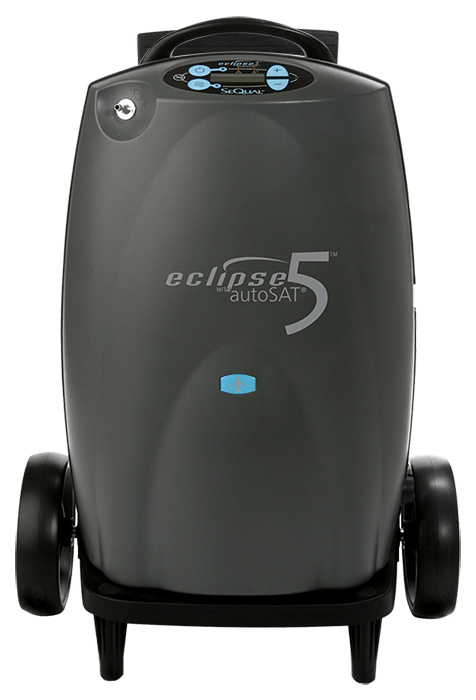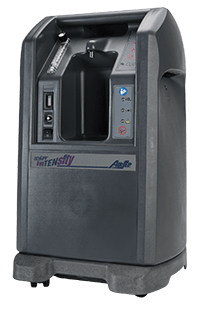
As people age, some choose to move to a senior living community, but many wish to remain in their homes, otherwise known as aging in place. In order to do this, though, the older adult and their family need to make sure that they will be safe there. If you or a loved one wants to age in place, you’ll need to assess the home’s safety and make accommodations for growing older at home. In this article, we recommend practical steps for assessing the safety of your home so you can stay there for as long as you can safely do so.
Why address home safety for aging in place
Aging can cause varying degrees of unavoidable physiological changes, which can turn a once-mindless task, like walking to the bathroom in the middle of the night, into a potential safety risk. The combination of decreased flexibility, mobility, and eyesight can turn a beautiful area rug from a family heirloom to a trip hazard. While it’s important to practice fall prevention, it’s also essential to take a critical look at all parts of the home and make sure that aging in place is a safe and comfortable choice and not a dangerous one.
Falls are the leading cause of injury for people over 65. In 2022, 40,919 older adults aged 65 and older died from preventable falls, and over 3.5 million were treated in emergency rooms for falls. That number continues to climb.
Falls aren’t the only safety threat, but they are the most likely one. Others include fires, outdated electrical systems, and accidents while performing maintenance duties. Our recommendations for assessing your home’s safety will help address and mitigate some safety risks. Let’s go over how to assess home safety next.
Consult a home safety expert
Assessing home safety doesn’t have to be an overwhelming project. Friends and family members can assist you, but it might be worthwhile to enlist the help of an expert. Here are some professionals to consider.
Certified aging-in-place specialist (CAPS)
A CAPS professional is someone who is certified in aging-in-place modifications. Their focus is more on remodeling or new construction, but hiring a CAPS professional will be well worth it if remodeling is an option.
Occupational therapist (OT)
OTs are trained professionals who work with people of all ages to assist them with resuming activities of daily living following an accident or illness. However, OTs also recommend home accessibility adaptations for aging in place, such as:
- Widening doorways.
- Adding ramps.
- Installing grab bars.
- Installing chairlifts.
- Changing lighting.
You can hire one independently if you don’t have access to an OT through your home health benefit.
Real estate home inspector
A real estate home inspector can be a great resource for identifying home safety issues that would be challenging to fix independently. They will do a top-to-bottom inspection of the home structure, plumbing, and electrical. Any reputable real estate professional will have a recommendation for a home inspector.
Assessing safety in the home
As you go through your home, use a checklist (like this article) or make a list of problem areas. Later, you can decide on a plan to rectify each safety issue. Don’t let the enormity of the task dissuade you from making an honest assessment of problem areas. Identify problem areas first and worry about solving them later so you can remain objective and not become overwhelmed.
Here is what to look for in each area of the home when assessing its safety.
Living areas
Living areas include the living and dining rooms, dens, and other common areas.
- Clutter is a fall hazard. Look for boxes on the floor, unused furniture, obstructed pathways, and electrical cords.
- Area rugs can also be trip hazards. Make a list of area rugs to remove or secure with rug tape. You may also consider installing carpeting.
- Slippery surfaces are yet another fall hazard. Make a note of any slick flooring.
- Poor lighting can lead to falls. Determine any rooms that do not have bright enough lighting.
- Evaluate whether doorways and hallways are wide enough and consider widening if possible.
Kitchen
Kitchens can have a host of potential problems.
- Leaving a stove on can increase the risk of a fire. Consider purchasing a stove with an automatic shutoff. Ensure that you have a properly working fire extinguisher.
- Most homes have cabinets that are too high to reach without a step stool, which is a fall risk. Reorganizing to place items in the lower cabinets within reach can mitigate this risk.
- Taking small appliances in and out of cabinets can cause injury. Storing an air fryer in a cabinet, for example, could strain the back when bending over to pull it out. Consider permanently placing commonly used small appliances on a countertop or table.
Bathroom
Many falls happen in the bathroom. Getting in and out of the shower, slippery surfaces, bathroom rugs, and using the bathroom at night are all risk factors.
- Check for good lighting and a nightlight.
- Consider purchasing a shower chair.
- Ensure properly placed and sturdy grab bars.
- If the shower is in a standard tub, consider replacing it with a walk-in tub or shower to decrease the risk of falling.
- Consider purchasing a toilet riser with handrails if necessary.
- Eliminate area rugs.
- Ensure proper placement of nonslip mats.
Bedroom
Look for hazards in your bedroom.
- Assess for adequate lighting.
- Clear clutter, like shoes, clothing, and wires.
- To prevent falling out of bed, make sure that items commonly accessed while in bed are within reach, such as lamps, alarm clocks, phones, and chargers. You might consider installing bed rails.
- Ensure an unobstructed pathway to the bed.
- Eliminate area rugs.
- Ensure that there aren’t too many items on the bed, such as decorative pillows, which can fall during the night and become trip hazards.
What to look for outside your home
You can make the outside of your home safer by assessing three main areas: the grounds, walkways, and entry.
Grounds maintenance
- Using power tools to trim bushes or a lawn mower can create a risk of accidents. Snow removal increases the risk of falls and even heart attacks. You may be perfectly capable of doing your lawn care and snow removal now, but hiring these tasks out may be appropriate.
Walkways
- Ensure that walkways are level and clear of obstructions.
- Look for adequate lighting outside the house. Consider adding motion detection lights for all walkways, including the driveway.
Outside stairs/entry
- Check that stairways have sturdy handrails.
- Evaluate whether it may be necessary to install a ramp entryway.
- Evaluate whether the entryway is protected from the elements. Rain and ice can cause a person to slip and fall.
- Check for adequate entryway lighting.
- Choose a designated spot inside the entrance for people to place their shoes and other items so they do not obstruct the doorway.
With the proper home safety, you can age safely in place
Make sure to perform a complete assessment of all areas of your home. By taking the time to make your home safe for aging in place, you not only minimize your risk of an accident but also create an environment that will ensure a safe recovery should you need it. With the right planning, you can age in place without worrying about injury.








